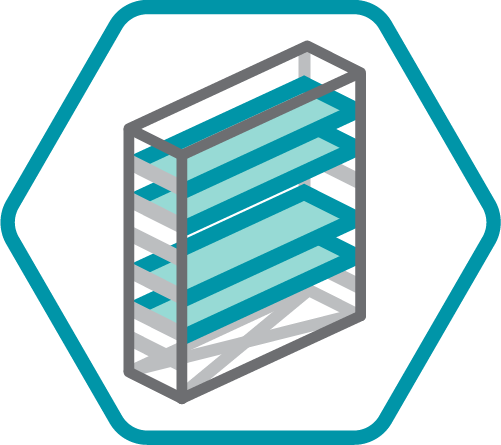CUSTOM DESIGN & PURPOSE-BUILT
Hyve Design Solutions is a joint venture between the hyper scale data center focused engineering groups at Hyve Solutions and MCT in Taiwan. In some ways, the creation of this new, combined entity formalized what Hyve already offered customers, but it also allowed for much more comprehensive responses to customer needs. Hyve Design Solutions leadership rolls under Hyve Solutions to provide one seamless customer experience.
The fully integrated Hyve Design Solutions has access to the latest advances in production lines, test equipment, and ranks of incredibly skilled engineers. Teams excel at chassis- and board-level design criteria including thermal control, mechanicals, BIOS tuning, and baseboard management control (BMC). Hyve Solutions and Hyve Design Solutions share common management, so everyone works in unison toward customer goals with transparency, velocity, and adherence to Hyve’s values.
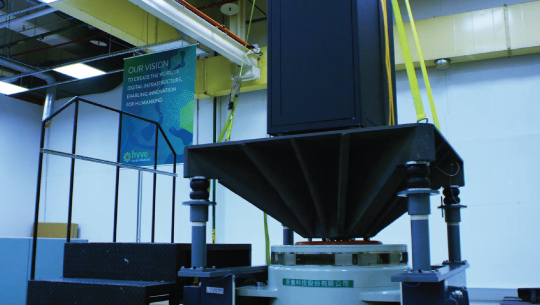
Shock and Vibration Lab
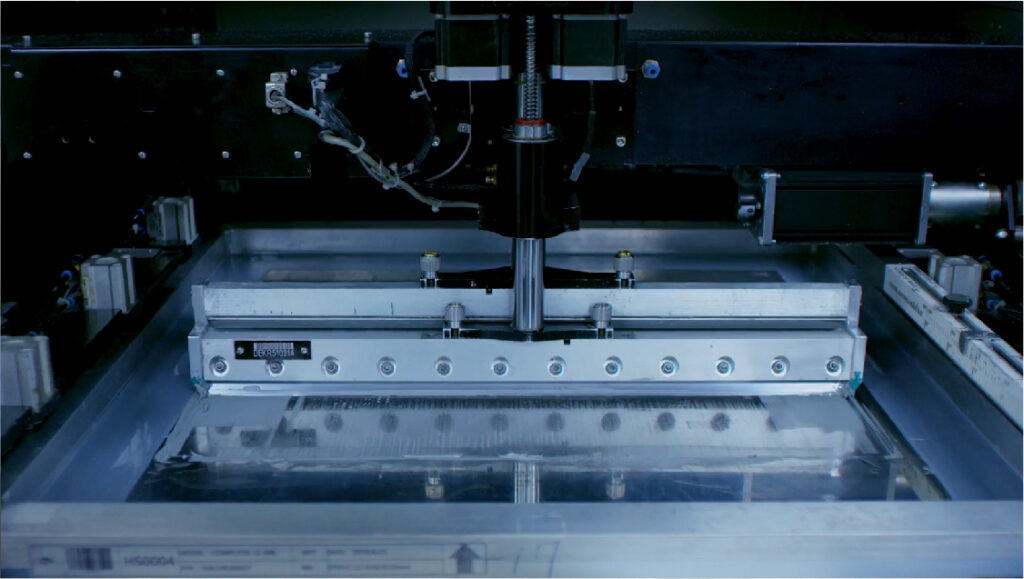
PCBA Line: Solder Paste Process
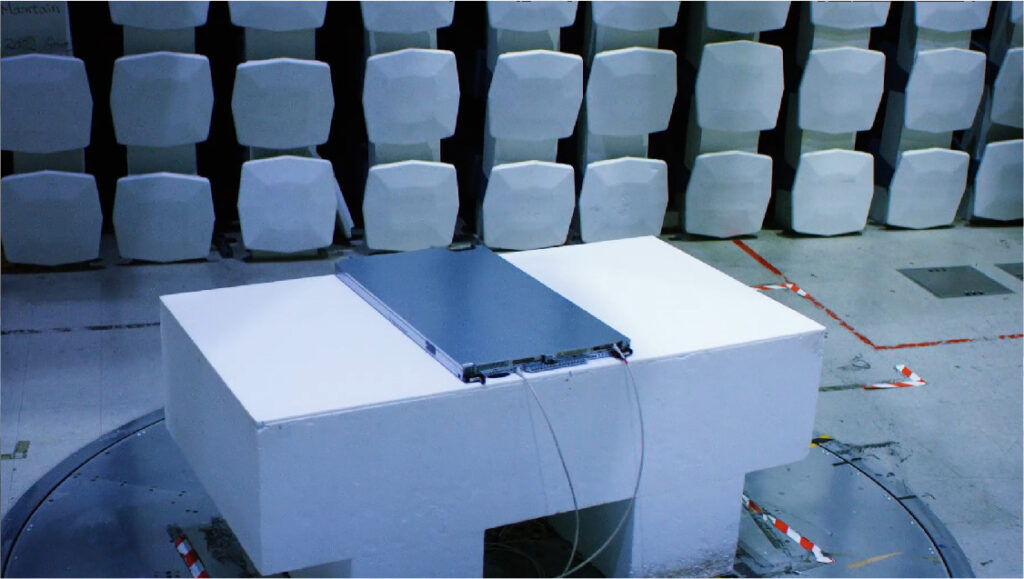
EMI Lab
COMPUTE
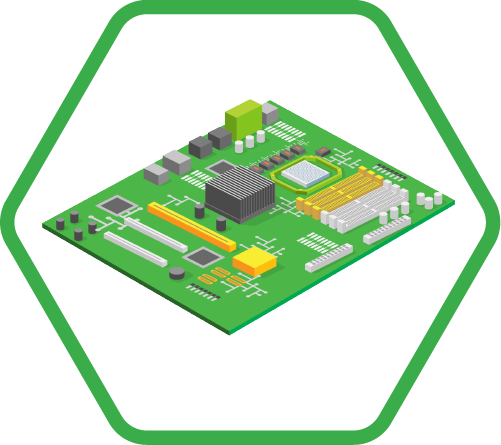
The bulk of Hyve engineering focuses on motherboard design, the central nervous system of every server. Hyve possesses the ability to design, test, and validate motherboards in multiple geographies. Our enhancements are designed to yield greater power efficiency, lower TCO, deeper security, or any number of client priorities.
Our design teams work every day to be prepared with solutions when people need them. Hyve can craft those compute solutions from the socket up and ship those customized PCB products at scale.
AI & OAI
Rack-scale artificial intelligence (AI) computing promises to be one of the pivotal transformative technologies of this decade. Task-optimized processors continue to arrive at a breakneck pace, far more quickly than the 6 to 12 months normally required to integrate chips into existing platforms. To help streamline adoption of new AI accelerators, the Open Compute Project, working closely with design contributions from Facebook, Microsoft, and Baidu, created the OCP Accelerator Module (OAM) as part of the Open Accelerator Infrastructure (OAI) project. The OAM defines a mezzanine form factor and attendant specifications for compute accelerator models. Whereas data centers previously required multiple servers from different vendors, because accelerator silicon could behave differently in different platforms, the OAI project will help standardize accelerator implementation and dramatically reduce the time and costs associated with product comparison and validation.
Hyve specializes in highly scalable rack mount AI solutions. By embracing OAI architecture and related innovations, we continue to stand at the forefront of this next-generation computing industry, ready to deliver the infrastructure that will propel breakthrough advances and improve countless lives.
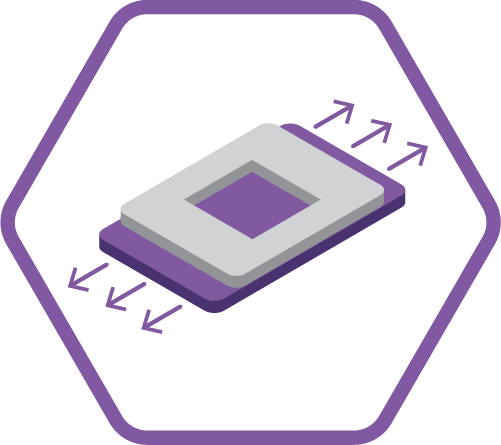
EDGE/TELCO
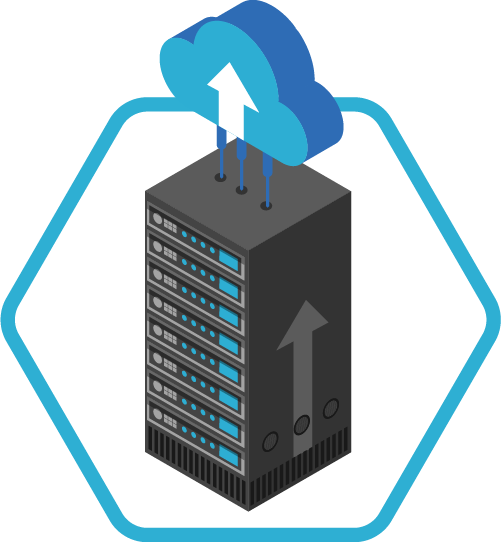
Edge and telco markets represent Hyve’s latest sphere of concentrated activity. Both fields are tightly integrated with 5G, which is rapidly transitioning the base station ecosystem into software-defined services that run on industry-standard hardware. Carrier such as AT&T and Verizon are in the middle of their 5G rollouts, and the rest of the industry will follow in bringing their own 5G products to market. The infrastructure needs for this transition are massive but achievable with proper planning and scalable solutions.
Many edges and telco deployments have highly specific restrictions placed on them, such as NEBS compliance and power supply requirements. In such cases, Hyve excels at engineering application-optimized solutions from the ground up, incorporating needs from regional compliance to planning for failover under peak loads.
STORAGE
In the context of creating hyper scale infrastructure, Hyve’s approach to storage proceeds much like its approach to compute, with rigid focus on the motherboard and CPU platform development. However, storage goes further. Modern storage options span from top-capacity SATA and SAS hard disks to NVMe-based persistence memory to rack mounted array appliances. Beyond component-level engineering, Hyve engineers take into consideration factors such as thermal and power constraints, dynamic data caching strategies, and shock/vibration tolerances. Today, we can plant 2 petabytes of capacity in a 4U server; only a few years ago, we needed a full 42U rack for just a single petabyte. Despite such advances, though, Hyve understands the exponential storage demands being placed on data centers as video and IoT sources multiply loads annually and analytics applications strive to turn the chaotic data deluge into coherent, strategic outcomes — increasingly in real time. From flash to fabric, Hyve storage solutions are taming the information waves filling tomorrow’s data centers.
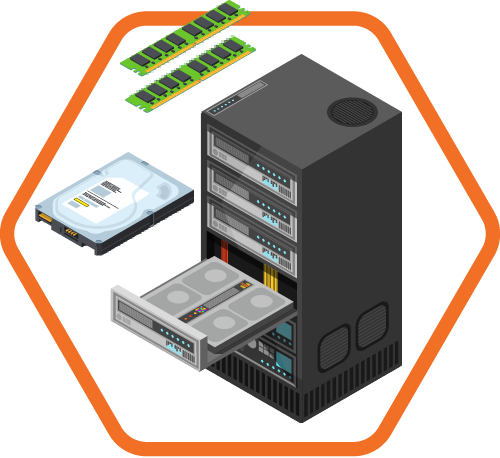
NETWORKING
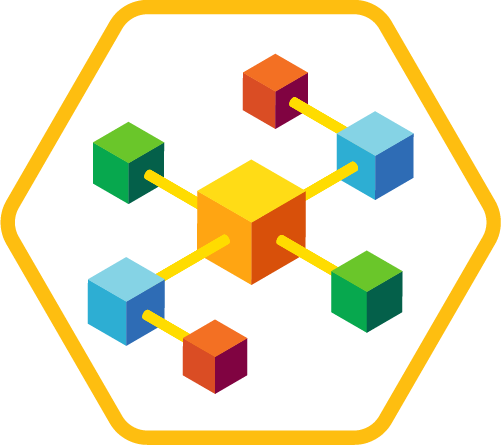
ORv3 PORTFOLIO
Leveraging the latest Open Rack version 3 (ORv3) specifications, Hyve’s Modified ORv3 line is a rackmount server product family offering optimized, world-class infrastructure opportunities for next-wave providers. While the largest hyperscalers set the bar for datacenter infrastructure, they often involve proprietary approaches unavailable to most companies. With this product offering Hyve enables next-wave hyperscalers and colocation datacenters the opportunity to embrace industry-leading concepts as implemented in open industry standards.
Hyve’s modifications to the ORv3 spec include extending the depth to allow for 4-socket (4S) designs and space for I/O configurations, and strategically decreasing rack width to better fit the majority of colocation and similar scale datacenters that have invested in a 10-inch rack infrastructure.
These modifications provide increased flexibility, ease of adoption and a wider range of system design. With Hyve’s resource disaggregation, many combinations of compute, storage, and graphics nodes become possible, providing a building block strategy for scalable computing infrastructure that aids in future product planning.
